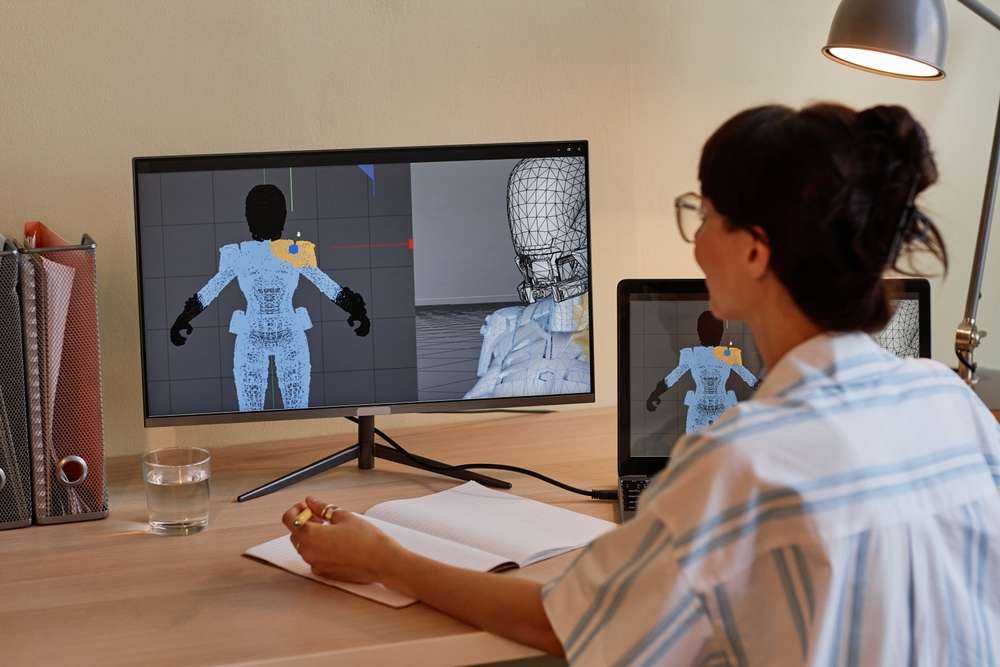Indie Gaming's Quiet Revolution: Pixel Art Resurgence
In an era dominated by photorealistic graphics and cutting-edge technology, a surprising trend has emerged in the gaming world. Pixel art, once considered a relic of gaming's past, is experiencing a remarkable renaissance. This resurgence isn't just about nostalgia; it's a creative rebellion against the mainstream, offering unique gameplay experiences and pushing the boundaries of artistic expression in ways that defy expectations.

As technology advanced, the industry largely moved away from pixel art, embracing 3D graphics and more realistic visuals. However, this shift left a void that would later be filled by independent developers seeking to recapture the magic of early gaming while pushing the medium in new directions.
The Indie Renaissance
The resurgence of pixel art in gaming can be largely attributed to the rise of indie game development. As digital distribution platforms like Steam, itch.io, and mobile app stores democratized game publishing, independent creators found themselves with unprecedented access to global audiences. Many of these developers, inspired by the games of their youth, turned to pixel art as a means of expression.
This new wave of pixel art games wasn’t merely retreading old ground. Instead, developers began to experiment with the form, combining retro aesthetics with modern game design principles. Games like Celeste, Stardew Valley, and Hyper Light Drifter showcased how pixel art could be used to create visually stunning and emotionally resonant experiences that rivaled their big-budget counterparts.
Beyond Nostalgia: Artistic Innovation
While nostalgia plays a role in pixel art’s appeal, the current movement goes far beyond simple throwbacks. Modern pixel artists are pushing the boundaries of the medium, creating works of stunning complexity and beauty. Games like Owlboy and Dead Cells demonstrate how pixel art can achieve a level of detail and animation that was unimaginable in the early days of gaming.
This artistic innovation extends to storytelling as well. Pixel art’s inherent abstraction allows developers to tackle complex themes and emotions in unique ways. Games like Papers, Please use minimalist pixel art to create a oppressive atmosphere, while Undertale’s simple sprites belie a narrative depth that has captivated players and critics alike.
Technical Advantages and Creative Freedom
Pixel art’s resurgence isn’t solely driven by aesthetic considerations. For many indie developers, working in pixel art offers practical advantages. It’s often less resource-intensive than 3D modeling, allowing small teams or solo developers to create visually cohesive games without the need for large art departments. This efficiency translates to faster development cycles and more creative freedom.
Moreover, the constraints of pixel art can spark creativity. Developers must find innovative ways to convey information and emotion within the limitations of the medium, often leading to clever design solutions and unique gameplay mechanics. This creativity extends to players as well, with pixel art leaving room for imagination and interpretation in ways that more realistic graphics might not.
Cultural Impact and Community Building
The pixel art revival has had a significant impact on gaming culture. It has fostered a vibrant community of artists, developers, and players who share a passion for this distinctive art form. Social media platforms are awash with pixel art creations, tutorials, and time-lapse videos showcasing the intricate process behind these digital masterpieces.
This community aspect extends to game development itself. Pixel art’s accessibility has lowered the barrier to entry for aspiring game creators, leading to a diverse array of voices and perspectives in the indie game scene. Tools like Aseprite and PyxelEdit have made pixel art creation more accessible than ever, fueling a new generation of digital artists and game developers.
The Future of Pixel Art in Gaming
As we look to the future, it’s clear that pixel art’s resurgence is more than just a passing trend. Its influence can be seen in mainstream games that incorporate pixel art elements or entire sequences, bridging the gap between indie and AAA development. The ongoing evolution of pixel art techniques, combined with advancements in lighting, animation, and particle effects, suggests that we’ve only scratched the surface of what’s possible within this medium.
The quiet revolution of pixel art in gaming represents a broader shift in the industry—a move towards diverse visual styles, innovative gameplay, and storytelling that prioritizes creativity over technical specs. As pixel art continues to evolve and inspire, it stands as a testament to the enduring power of artistic expression in interactive media, proving that sometimes, less really is more.




